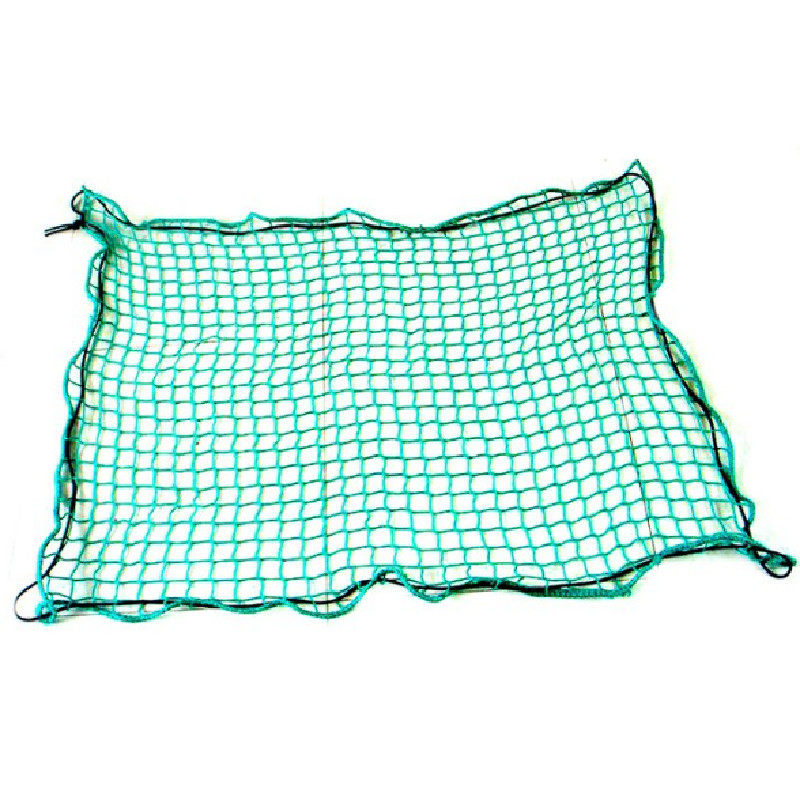HD Supply White Cap News - Building Trust On Every Job™
In this article we’ll explore the different types of slings and which ones to use in various applications. If you’re good at math there’s a section on calculating sling capacity. If you’re not good at math you can scroll down to the awesome videos – then consider enrolling in a remedial math course ;c) 1tons 2ton 3ton 4ton 5ton 6ton 8ton 10ton

Slings are used on many job sites as a safe and effective way to lift, or move large objects. There are four main types of slings that are used in tandem with a variety of hooks, rings, links and shackles. These are then secured to a crane or other mechanical lifting device. Let’s take look at some popular sling configurations and the suggested applications for use.
Alloy chain slings combine superior strength, ease of handling, and durability. The combination of heavy loads, elevated working temperatures, and severe lift conditions usually dictate that an alloy chain sling be used. Typical chain sling applications are found in steel mills, foundries, and heavy machining operations requiring repetitive lifts.
The most common and lowest cost per ton of lift of all slings. Used in the construction industry and other industries where heavy loads and rugged conditions exist.
These slings excel in lifting objects that are hot or have sharp edges, such as bar stock or plate steel. Mesh slings greatly enhance load balancing due to their wide load bearing surface. Machine shops and steel warehouses typically have good application for mesh slings.
Both Web Slings and Roundslings are used where loads must be protected from damage. The lift weight and flexibility of synthetic slings reduce fatigue and strain on riggers. Tuflex Roundslings, with their color coded capacities, and ease of use and inspection, are rapidly gaining in popularity.
IMPORTANT CONSIDERATIONS – Before buying or using a sling, know as much as possible about the lift you will make to minimize the potential dangers to personnel, product and property. All of the following items should be evaluated.
When lifting and turning a load using a choker hitch it is not uncommon to bend the body of the sling around the choker loop and have a severe bend occur around the body at this point.
For choker angles of 120º or less, the choker rating must be reduced by multiplying the corresponding factor times the slings standard choker rating.
Damage to slings can occur if the wrong size pin is used. The width of the pin or hook should never exceed the natural inside width of the eye.
The eye dimension for each type and size of sling are shown in the capacity tables. If your pin or hook is large, request an oversized eye for the sling.
Each day before using the sling, all fastenings and attachments should be inspected for damage or defects by a competent person designated by the employer. Additional inspections should be performed prior to each use where severe conditions warrant. Damaged or defective slings should be immediately removed from service.
OSHA specifies that alloy steel chain slings should have a thorough periodic inspection by a competent person at least once every 12 months. Lift-All recommends that all slings have a thorough inspection by a competent person at least once every 12 months. These inspections must be recorded and maintained for each individual sling.
In some instances, it is possible to repair slings, proof test and return them to service. Damaged components and sections of chain or wire mesh can be replaced. Hooks, links and other components that are in good condition can be salvaged from a damaged web or round sling, rewebbed, proof tested by Lift-All and returned to service.
Lift-All strongly advises that damaged slings be repaired only by the manufacturer.
Your care in the use and handling will prolong sling life significantly. The following physical factors should be considered when using any of the slings:
Using slings at an angle can become deadly if that angle is not taken into consideration when selecting the sling to be used.
The tension on each leg of the sling is increased as the angle of lift, from horizontal, decrease. It is most desirable for a sling to have a larger angle of lift, approaching 90º. Lifts with angles of less than 30º from horizontal are not recommended. If you can measure the angle of lift or the length and height of the sling as rigged, you can determine the properly rated sling for your lift.
1. Calculate the Reduction Factor (RF).
a. Using the angle from horizontal, read across the Angle Chart to the corresponding number of the Reduction Factor column.
b. Divide sling height* [H] by sling length* [L (*Measured from a common horizontal plane to the hoisting hook)
2. Reduction Factor (RF) x the sling’s rated capacity for the type hitch that will be used = Sling’s Reduced Rating.
The last 10 years of Randy’s diverse 35 year career in communications have focused on the construction industry. The White Cap Resource Center is a product of his passion for developing relevant, informative content that gives pro contractors a competitive advantage.
6-Point Lockout/Tagout Action Plan
Is Your Job A Pain In The Neck?
Marking and Flagging Your Jobsite
An outstanding share! I’ve just forwarded this onto a coworker who had been doing a little homework on this. And he in fact ordered me lunch due to the fact that I found it for him… lol. So let me reword this…. Thank YOU for the meal!! But yeah, thanx for spending the time to talk about this matter here on your web page.
Your email address will not be published.
Save my name, email, and website in this browser for the next time I comment.
Safety Is A Top Priority For Framers

Webbing Sling Belt The Benefits Of Lean Construction